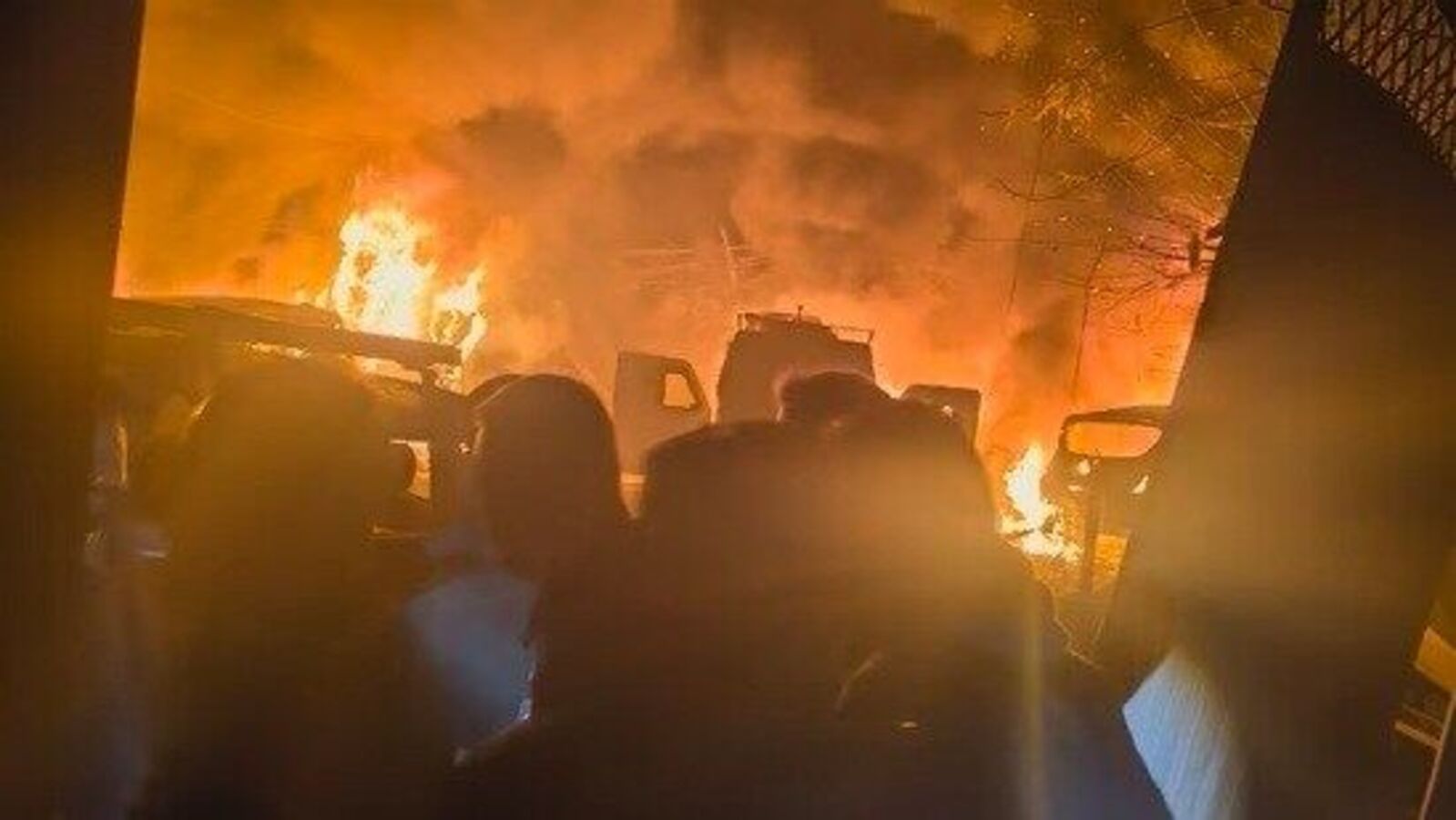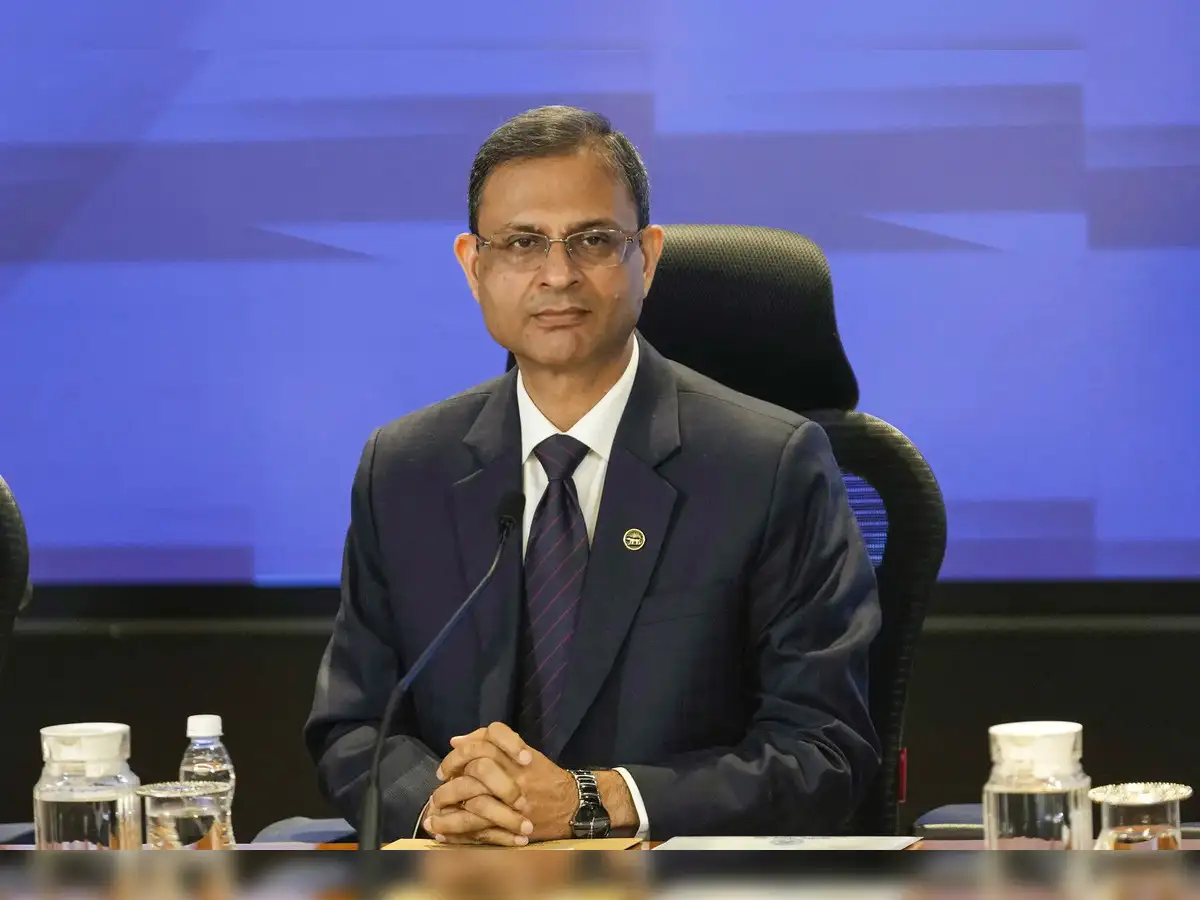In a horrifying incident late on 14 November 2025, a powerful explosion ripped through the Nowgam Police Station on the outskirts of Srinagar, Jammu & Kashmir. The blast, which occurred during the handling of seized explosives, has resulted in multiple casualties, raised critical questions about safety protocols, and ignited a major investigation.
1. The Blast: What Happened
- The explosion struck around 11:20 PM, according to officials.
- Loud bangs were heard across the city, and residents reported tremors and shattered glass in nearby buildings.
- A fire broke out inside the compound, and multiple vehicles parked at the station were engulfed in flames.
- Emergency services, including fire tenders and ambulances, rushed to the scene, and the area was quickly sealed off.
2. Casualties and Damage
- According to reports, nine people have died in the explosion.
- Several others—about 27—have sustained injuries, most of them policemen and forensic team members.
- Some of the injured are in critical condition, and they have been rushed to hospitals such as the 92 Base Hospital and SKIMS in Srinagar.
- The force of the blast was such that debris and even human remains were reportedly found hundreds of feet away.
- The building of the Nowgam police station has suffered considerable structural damage.
3. Cause: How Did It Happen
- Officials describe the explosion as accidental, ruling out, for now, any deliberate terrorist strike.
- The blast occurred during the sampling and forensic examination of ammonium nitrate and other explosive chemicals.
- These materials were part of a large cache seized earlier from a “white-collar” terror module.
- Investigators are exploring whether there was a procedural lapse, mismanagement, or some trigger that caused the detonation.
4. The Terror-Module Connection
- The explosives under examination were brought from Faridabad (Haryana), linked to an investigation into a terror module involving professionals.
- Authorities had confiscated a massive quantity of chemicals – including ammonium nitrate, potassium nitrate, and sulphur – from a rented flat in Faridabad belonging to one of the accused.
- The case involves medical professionals. Some doctors from Faridabad have been arrested, and they are suspected to have played a key role in the module.
- According to investigators, the module may have had a core group of three doctors, and there is speculation that they were radicalized or linked to terrorist networks.
5. Immediate Response & Rescue Efforts
- Rescue operations were complicated by multiple secondary explosions, which delayed bomb-disposal teams from entering the compound.
- Once it was safe, forensics and police teams entered the rubble, and the injured were evacuated.
- Senior police advisors and local administrators have reached the site to coordinate the response.
- The bodies of the deceased have been moved to the Police Control Room in Srinagar for identification.
6. Investigation Underway
- Authorities have launched a detailed internal inquiry to understand what went wrong during the handling of the explosives.
- Standard operating procedures (SOPs) around explosive storage, transport, and forensic sampling are being re-examined.
- Investigators are closely analyzing CCTV footage from the station to pinpoint exactly how the chain of events unfolded.
- They are also inspecting whether the presence of sensitive chemicals in a police station (rather than a dedicated forensic depot) might have increased risk.
7. Safety, Protocol and Policy Risks
- This tragic accident highlights how hazardous explosive materials can be, even when seized and secured.
- It raises serious questions about whether police stations are suitable storage locations for volatile substances like ammonium nitrate.
- The incident underlines the need for better risk-management frameworks, especially in forensic operations involving explosive material.
- There may be a demand for more specialized facilities (dedicated explosive depots or labs) rather than handling such materials in regular police buildings.
- This could also push for stronger training for law enforcement and forensics teams, including regular drills and strict adherence to safety protocols.
8. Public Reaction and Media Attention
- The explosion has sparked shock and fear among Srinagar’s residents, with social media abuzz with videos and eyewitness accounts.
- Media coverage is intense, particularly because of the connection to a terror-module involving professionals.
- Commentators and security experts are demanding transparency and accountability, calling for a full independent probe into the incident.
- Civil society groups may press for policy changes to prevent such accidents in future, including how seized explosives are handled and stored.
9. Broader Security Implications
- The Nowgam blast serves as a grim reminder that even covert terror networks, involving educated professionals, can pose grave threats.
- It highlights the importance of strict inter-state protocols when transferring explosive materials between jurisdictions—both for seizure and for forensic analysis.
- The incident may force security agencies to revisit their approach to “white-collar” terror modules, especially in terms of containment and safety.
- On a policy level, the tragedy could influence the national conversation on regulating high-risk chemicals like ammonium nitrate more strictly.
10. Lessons & Way Forward
- Human lives were lost in what was supposed to be a forensic operation—this calls for greater caution in handling dangerous materials.
- Standard procedures across investigating agencies must be revisited and strengthened, particularly for sampling and analyzing explosive substances.
- Consideration should be given to building dedicated, high-security forensic labs or depots for explosive materials rather than keeping large quantities in local police stations.
- Training programs for personnel dealing with explosives must be enhanced, with rigorous risk drills and regular safety audits.
- Authorities should engage in transparent public communication—sharing their findings, admitting mistakes (if any), and outlining how they’ll prevent such mishaps.











